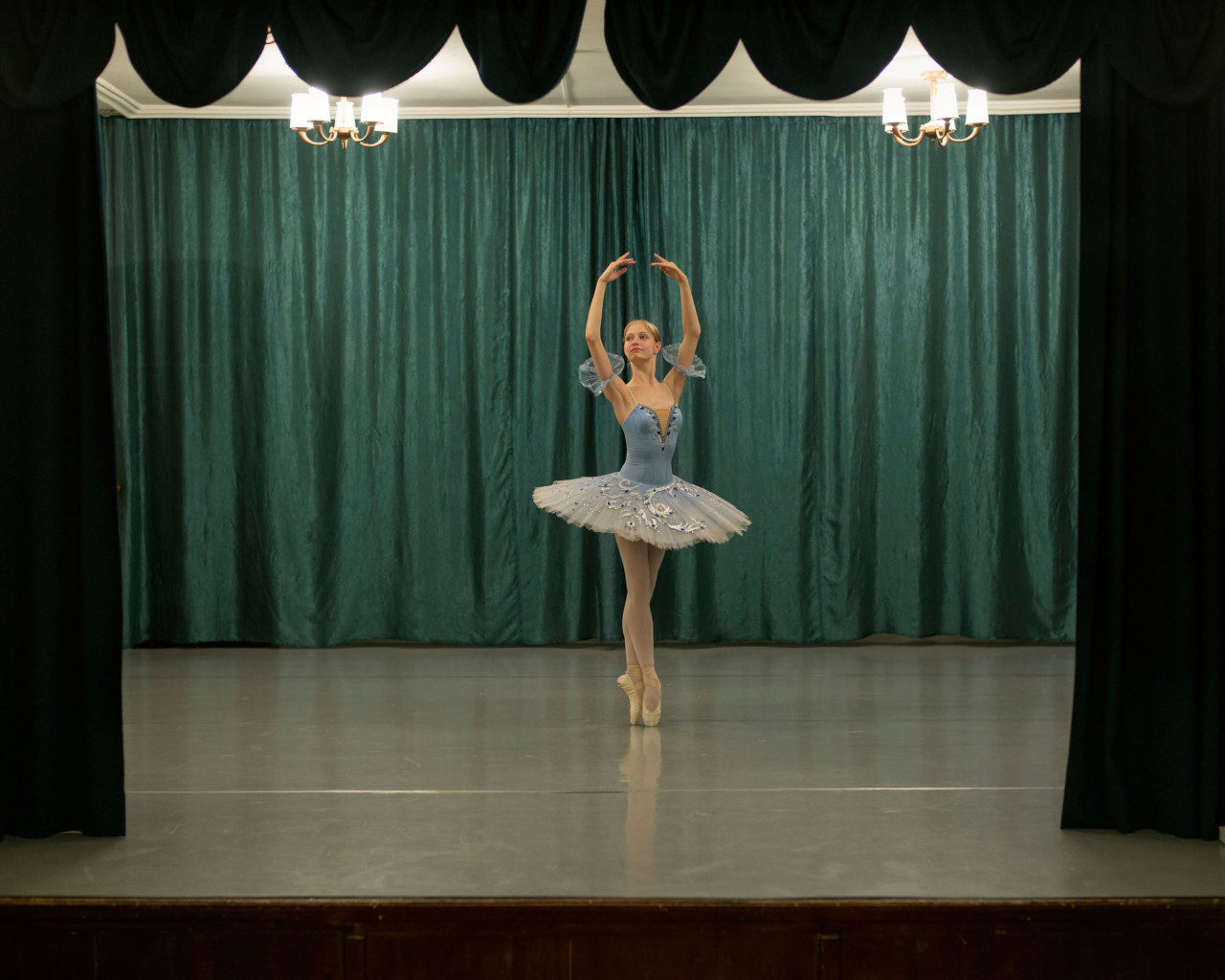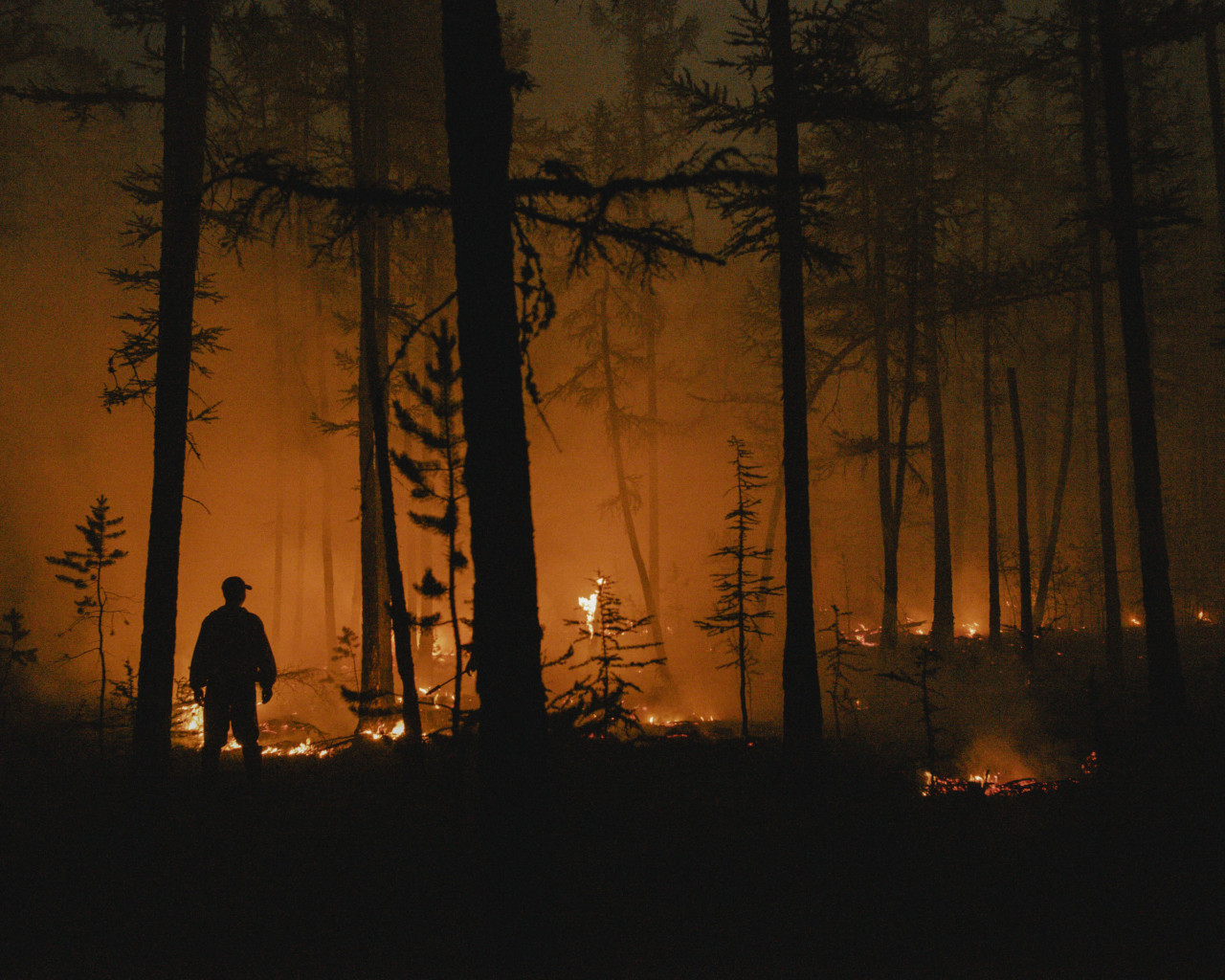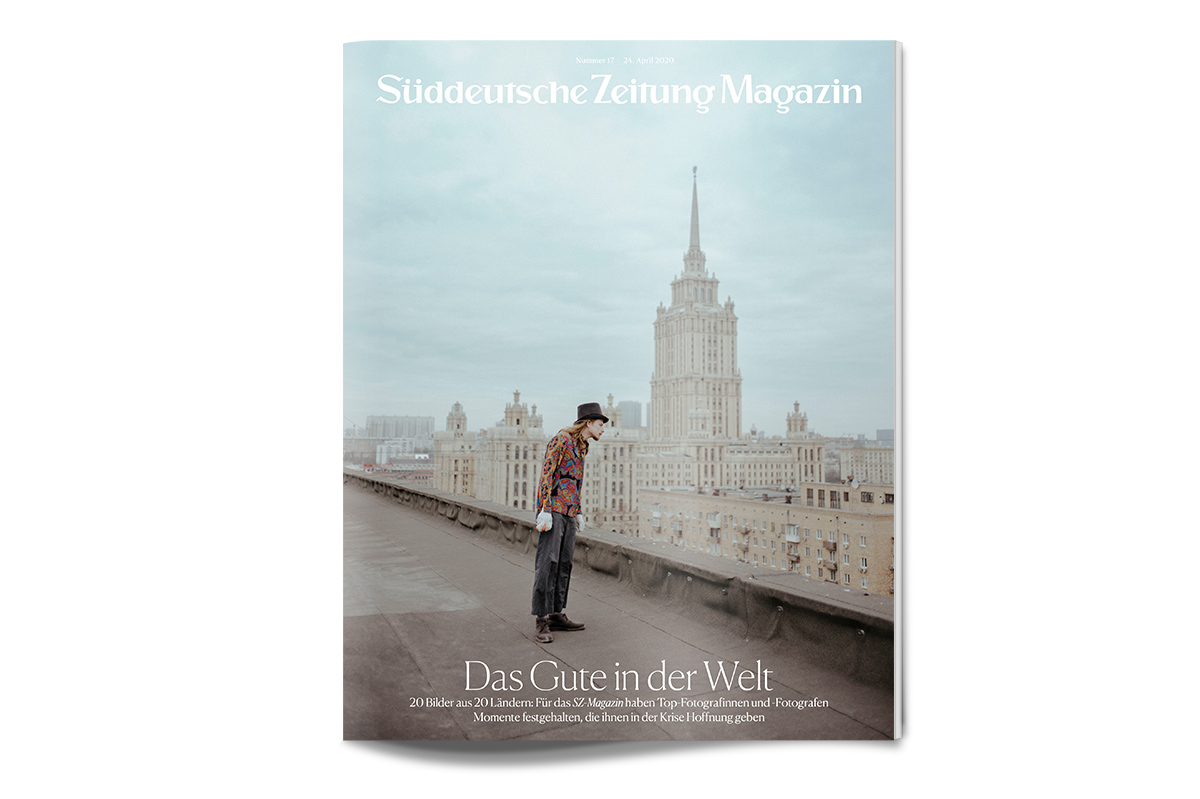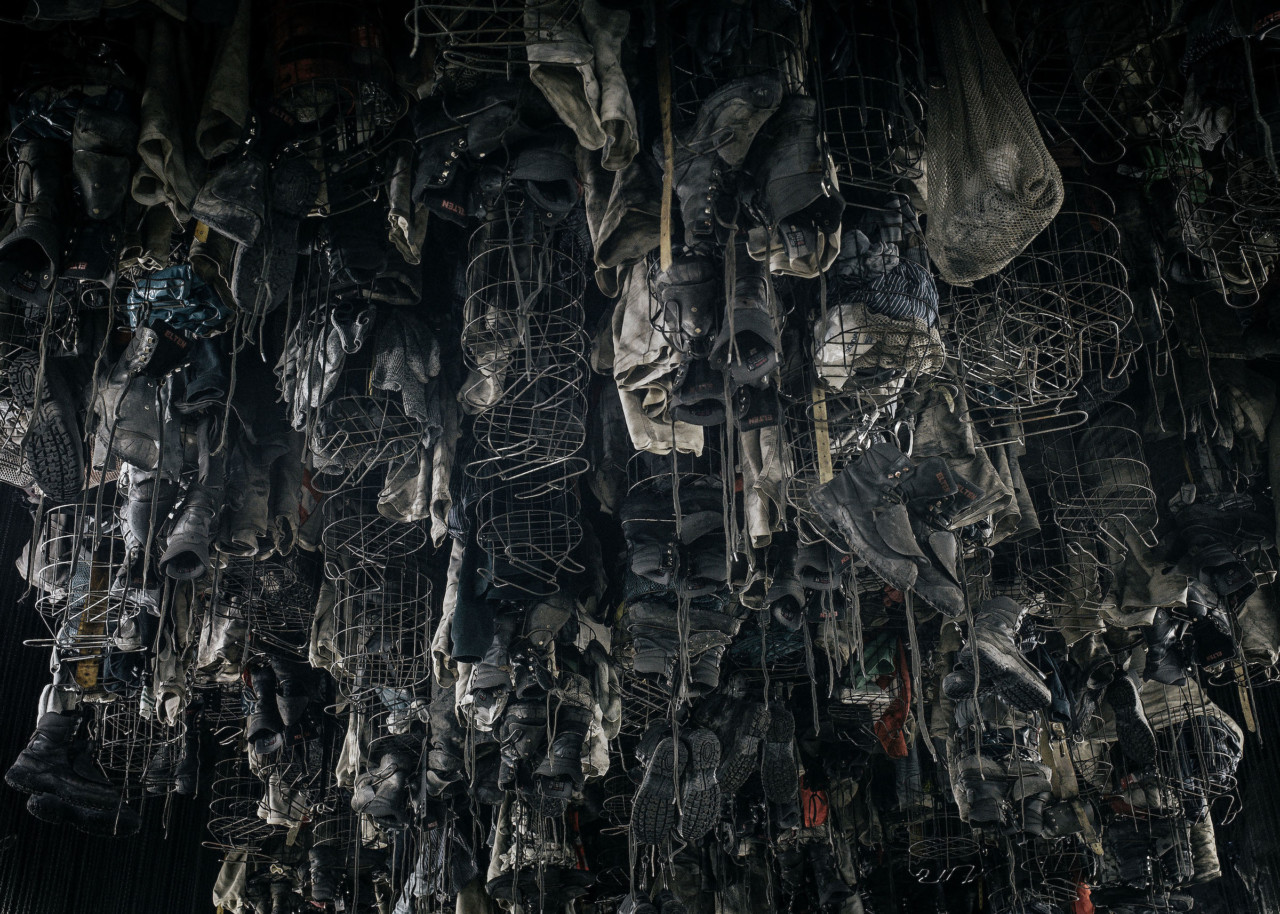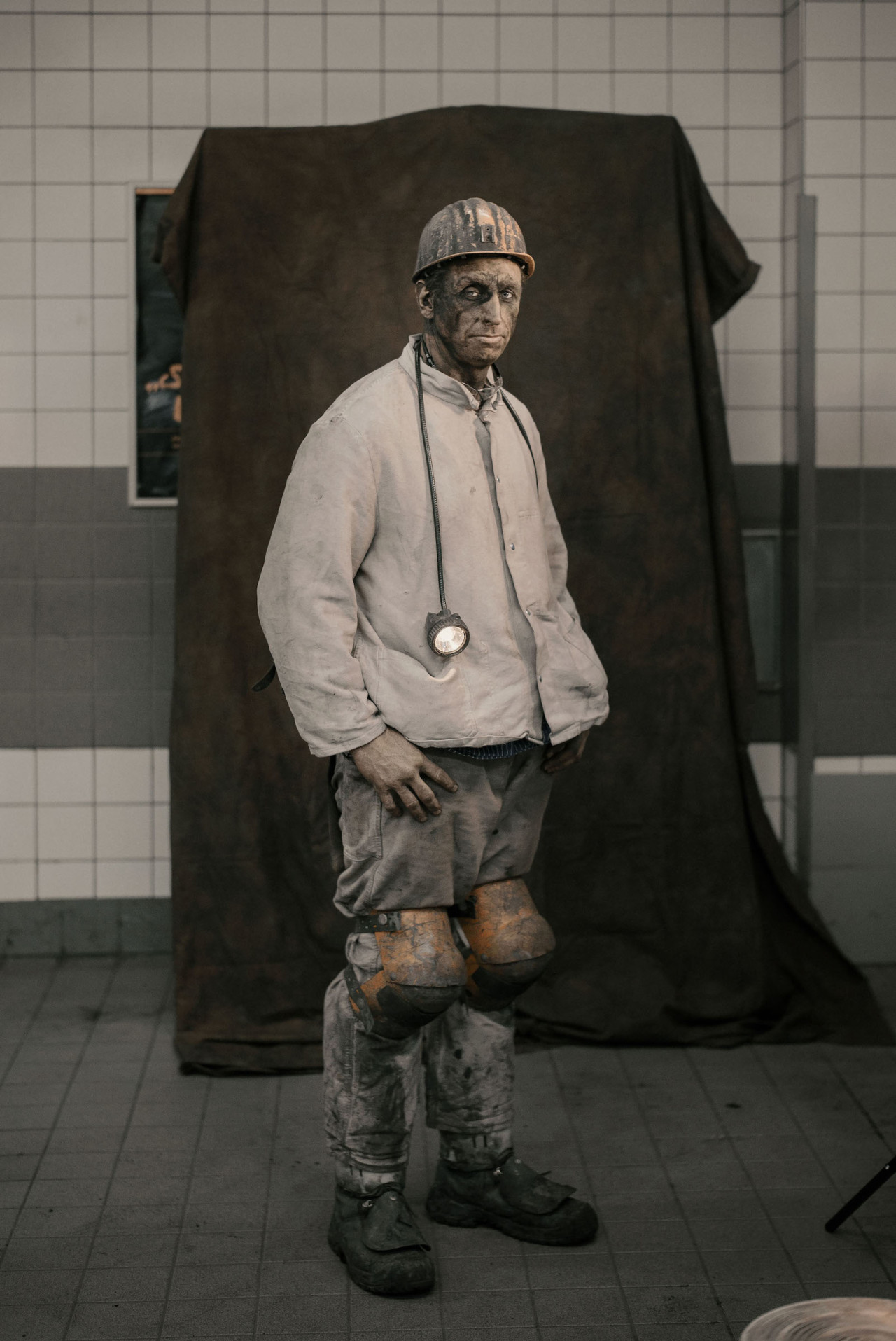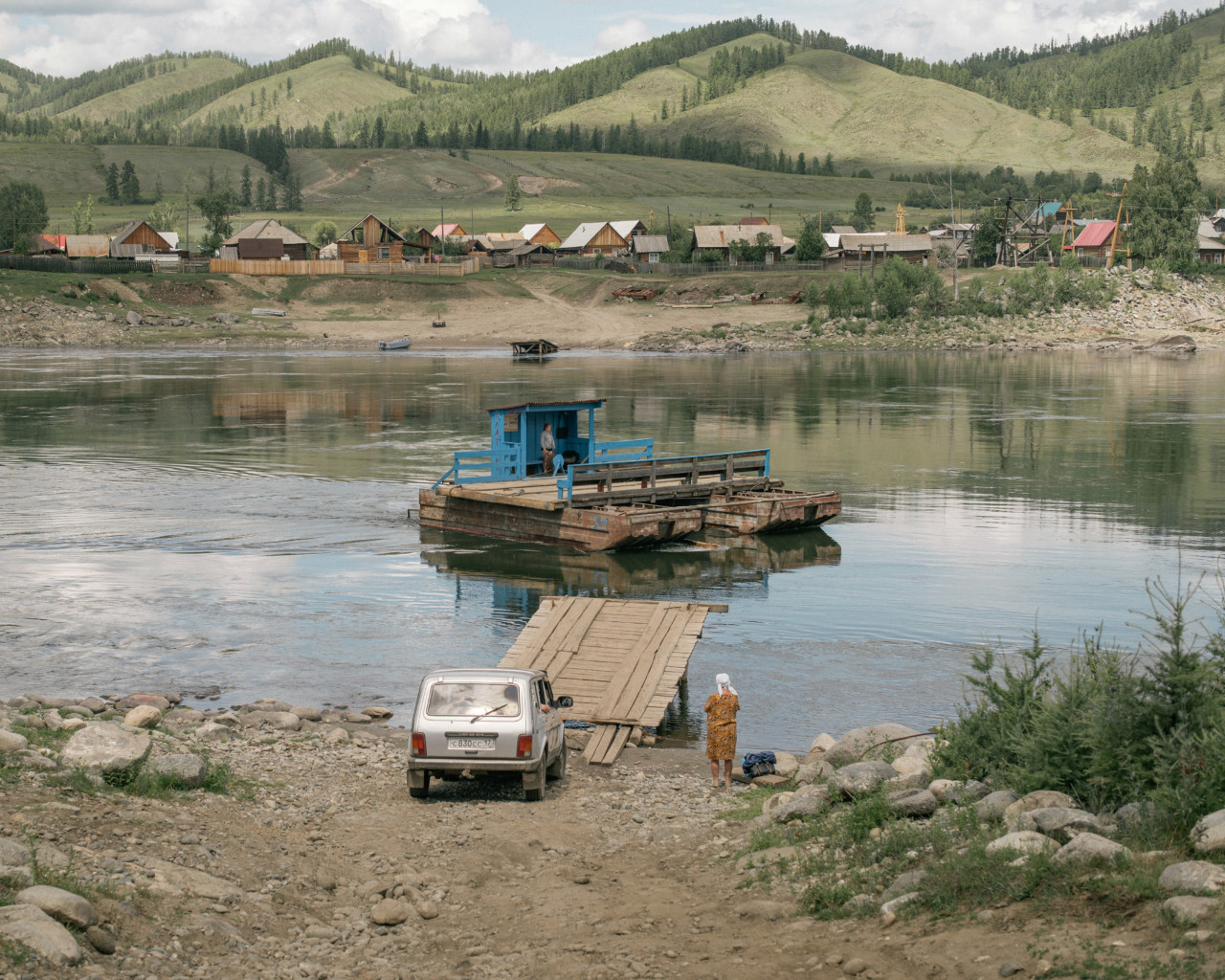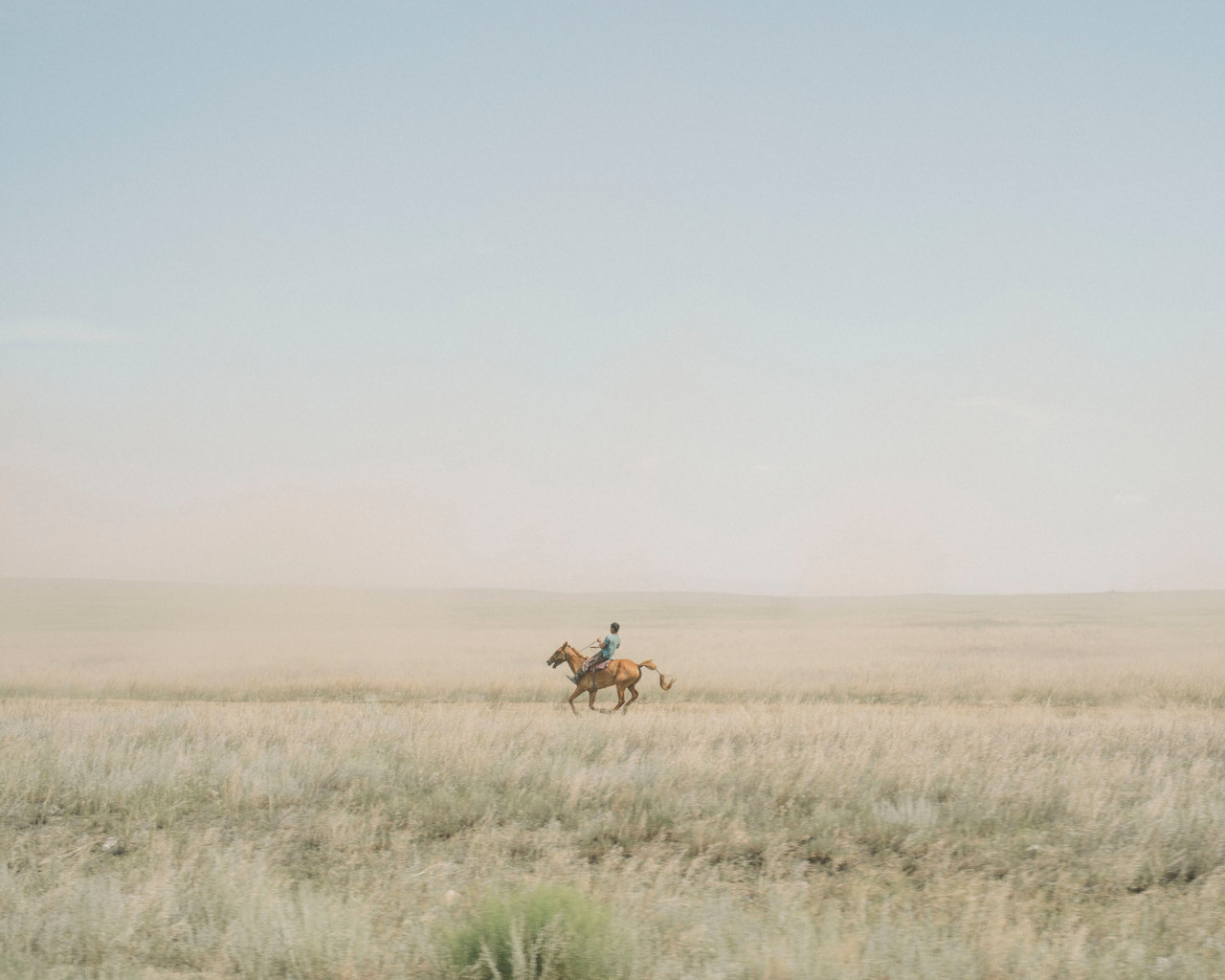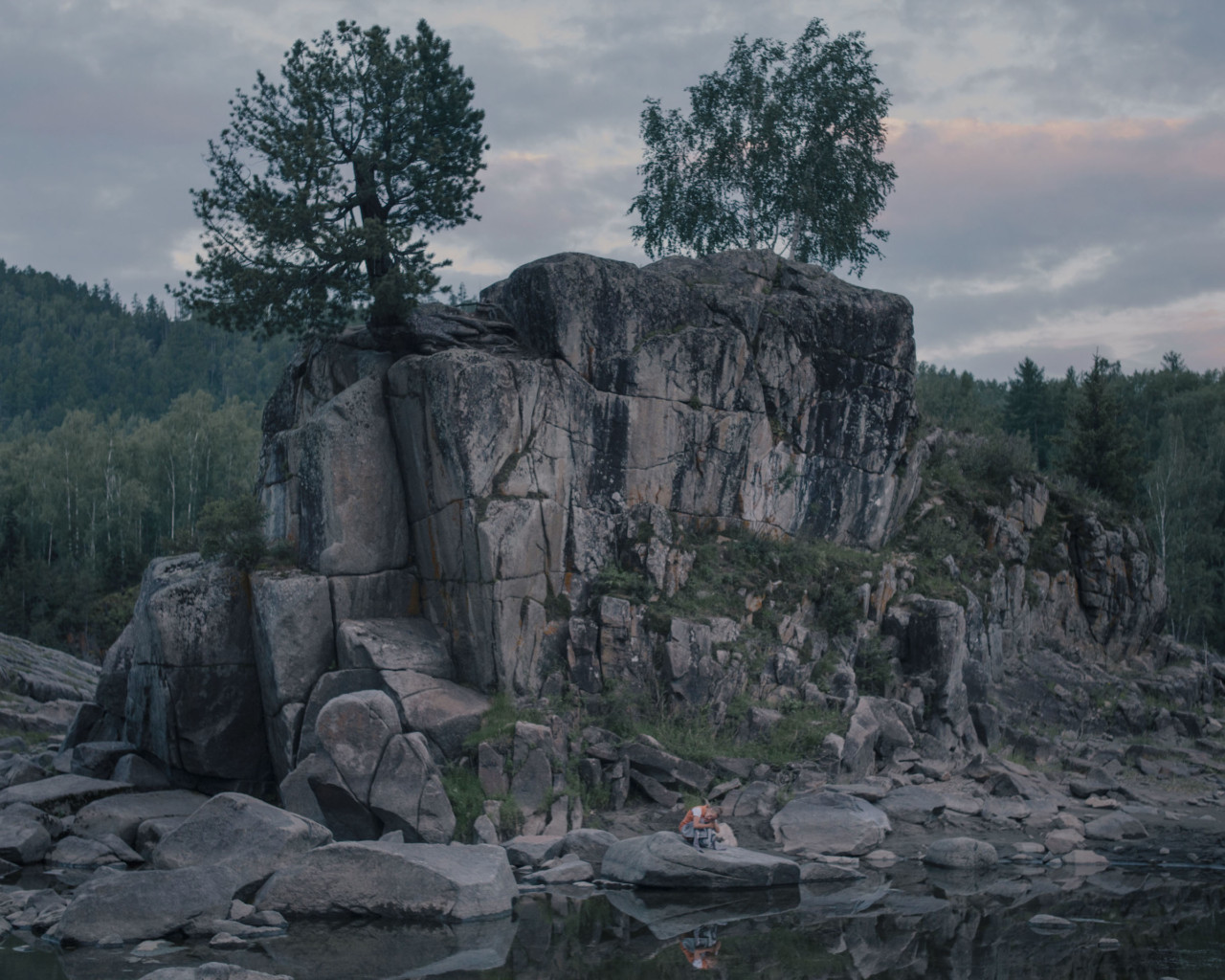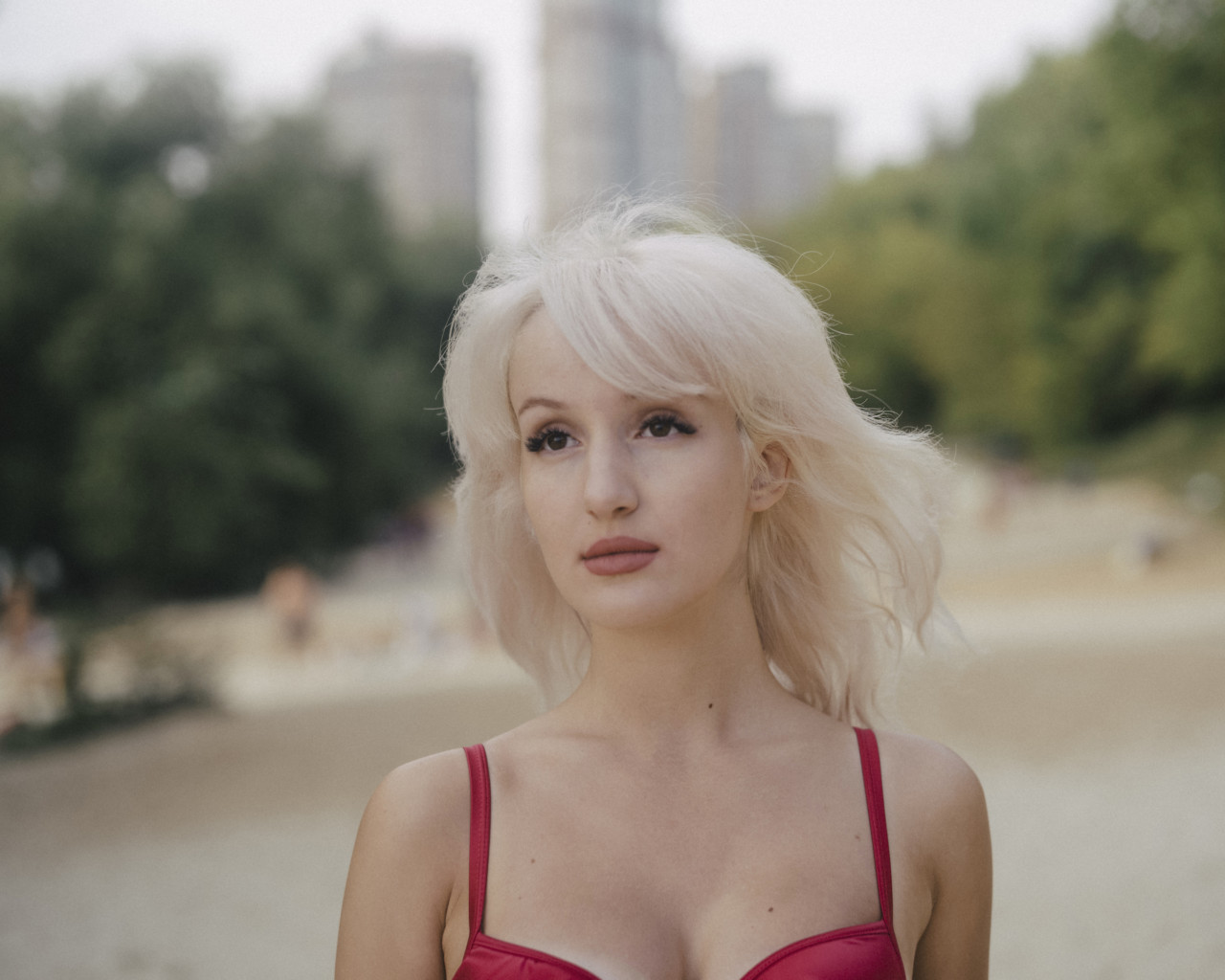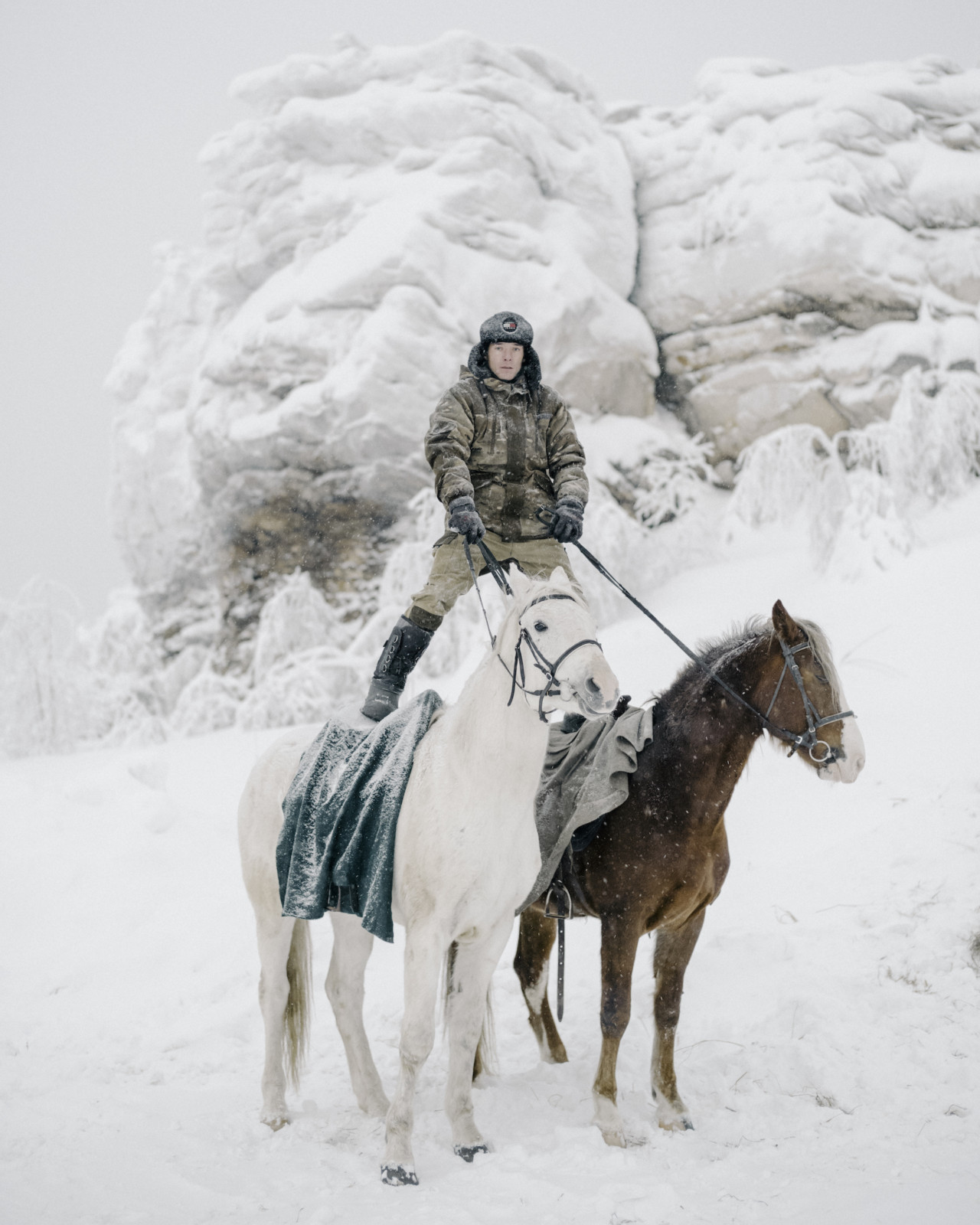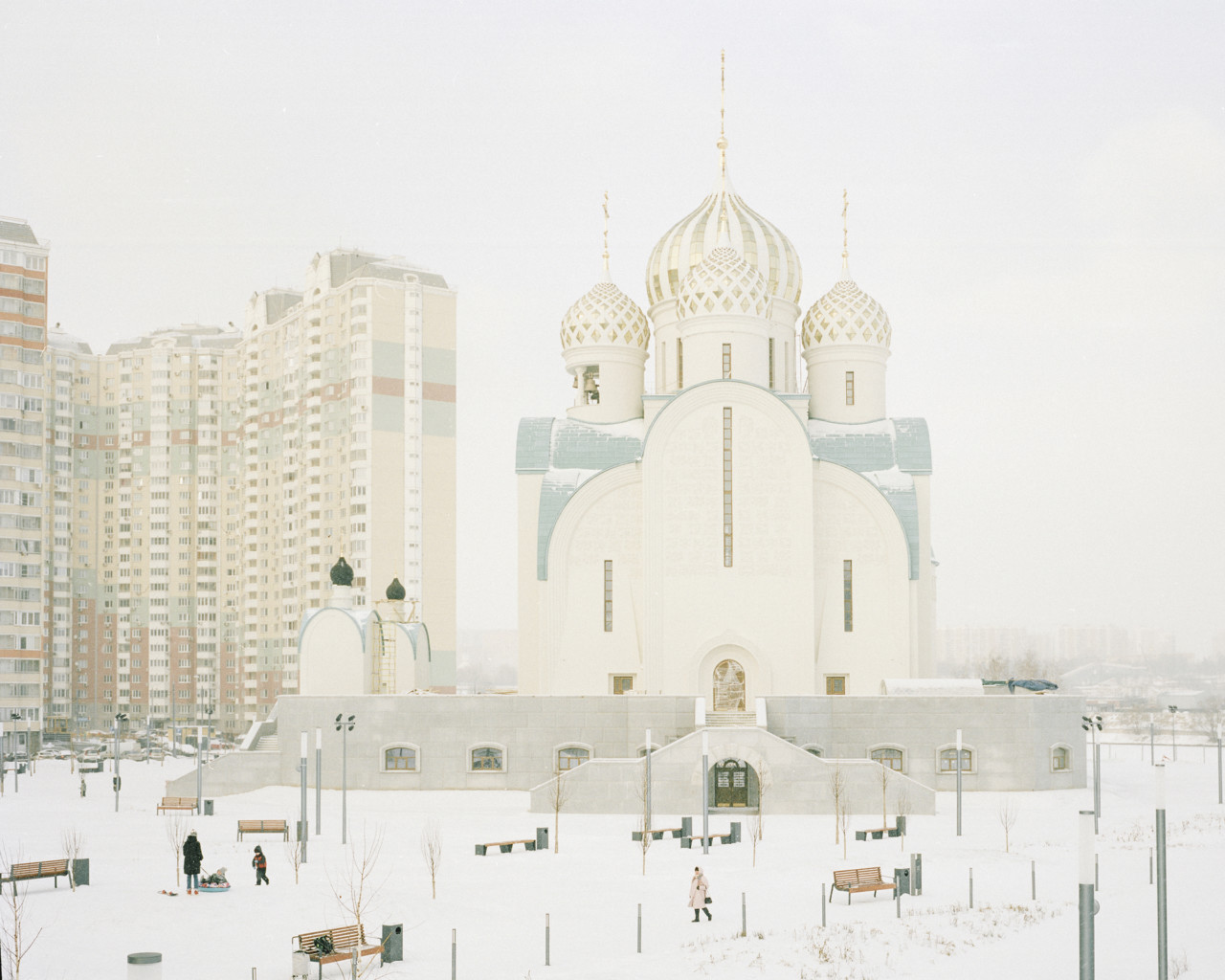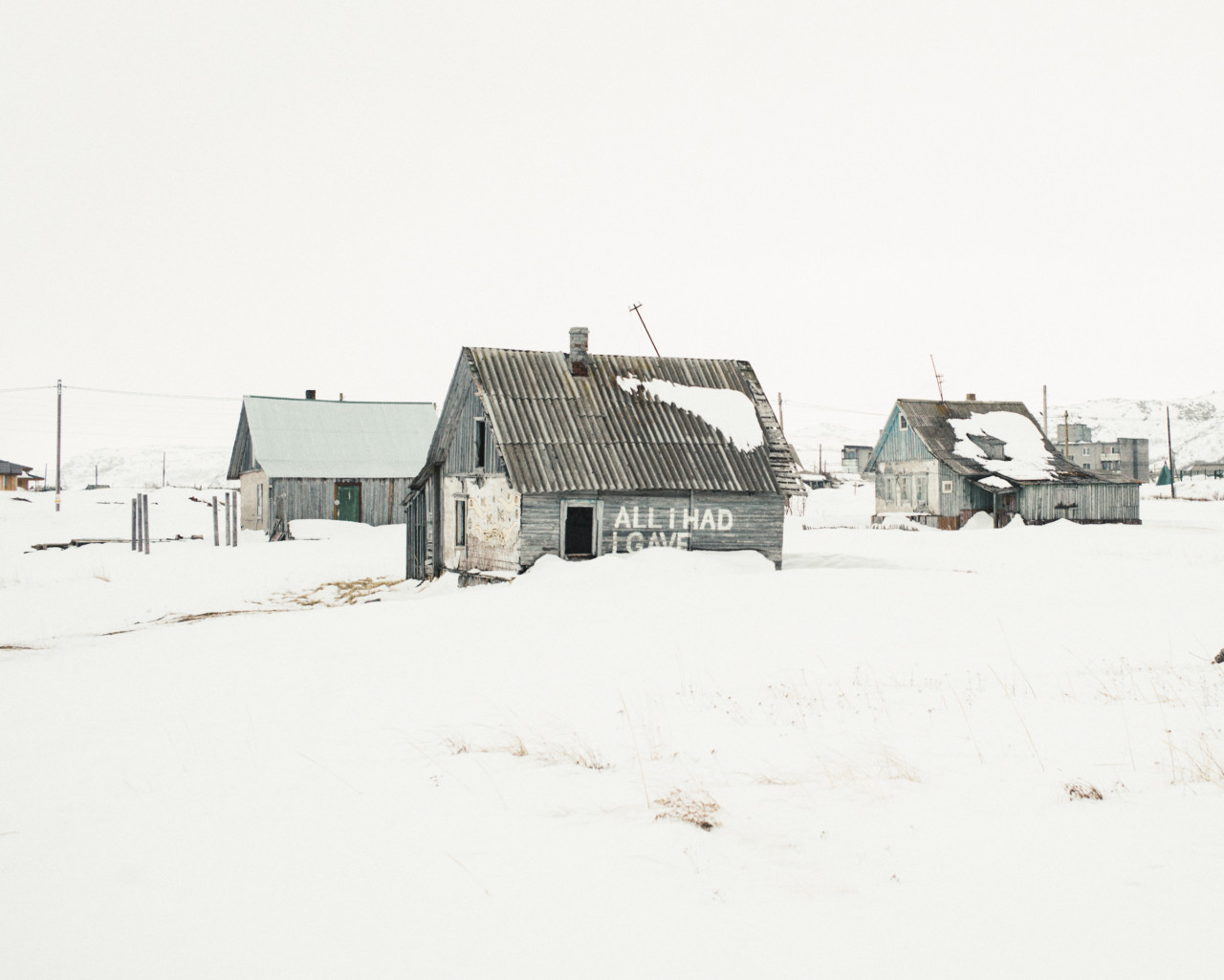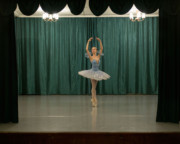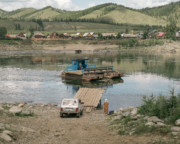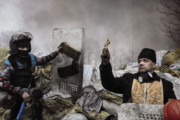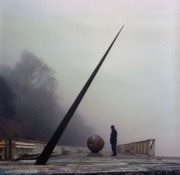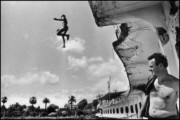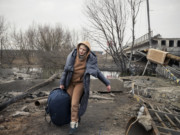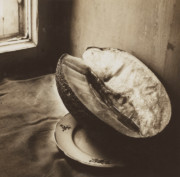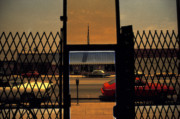“Sometimes we just need a little push to overcome our fears”
Nanna Heitmann shares her approach to teaching, and the lessons she learned herself.
As the daughter of a Russian mother and a German father, growing up in Bavaria and now living in Moscow, it’s little surprise that much of Nanna Heitmann’s burgeoning career has alternated between the lands of her parents.
The 28-year-old documentary photographer joined Magnum as a nominee in 2019, and became an associate two years later, continuing to report on current events, particularly in Russia, while pursuing longterm projects that often focus the way people respond to and interact with their environment. She has reported on the effects of climate change and the catastrophic forest fires in Siberia, as well as the lives of people living along the remote benches of the Yenisei River in her acclaimed series, Hiding From Baba Yaga.
Heitmann’s photographs have been published by National Geographic, Time, M Le Magazine du Monde, The New York Times, Süddeutsche Zeitung Magazin and The New Yorker, among others. Her work has received numerous prizes, including the Olivier Rebbot Award, the Leica Oskar Barnack Newcomer Award and a World Press Photo.
Here, below, she answers questions about both her own education and her approach to teaching.
How do you approach teaching? What ways do you try to connect with the students?
Since my student days are not too long ago, I try to pass on what helped me the most when developing projects and my own visual language, establishing myself as a working photographer.
We all encounter the same issues. We all have the same problems: procrastination, self-doubt, overthinking. Sometimes we just need a little push to overcome our fears and go out shooting. As Susan Meiselas told me once, “It’s always more comfortable to be in your cozy home with your friends and close ones but sometimes you just need to venture out to pursue the work that is important to you.”
When teaching, finding out what someone is really passionate about and interested in is key. Then, together, it’s about trying to develop and pursue the idea and photographic approach.
"We all have the same problems: procrastination, self-doubt, overthinking."
-
What are the key things, in your opinion, that a photographer looking to improve should focus their efforts on?
The most important thing is to go out and see and capture the world with your own eyes. Spend time to discover and research stories about places and people you think the world should care about. It can be any story as long as it is important to the person telling it. Only if you are truly committed to a topic will you have the energy to pursue it 100 per cent and return again and again.
Who in your career has taught you your most important learnings? What did they teach you?
I studied photojournalism and documentary photography at the University of Hanover and at the Faculty of Journalism in Tomsk, Siberia. I don’t think academic studying is essential, but for me it was the perfect environment to invest all my time in photography and be surrounded by great people who share the same passion.
"You learn so much from getting things wrong. "
-
My professor at Hanover, Rolf Nobel, helped me to understand the basics of photojournalism and storytelling. Rolf is a brutally honest and direct teacher. This can sometimes hurt, but I found it often more helpful than someone being afraid of sharing their real thoughts.
Mads Nissen has influenced me a lot – as a human, and encouraging me to look at photography more from an emotional, poetic angle, trying to convey inner feelings. With little pieces of advice, he has helped me to follow a project over a longer period of time. He told me, “Accept that you can’t tell anything, but you have this one feeling that you’re chasing. What is it? That is the question you have to ask yourself day and night.” His advice was crucial when photographing Hiding from Baba Yaga.
On a more practical level, Dominic Nahr spent time honestly explaining to me how the photography market actually works. Without Dominic, I would have never understood the importance of grants, awards, and so on.
""The more you photograph, the more you grow." "
-
Lastly, being a Magnum nominee was probably the biggest motivation to just go out and work. The more you photograph, the more you grow and have this community of amazing photographers you can always reach out to.
You work pretty hard and sometimes you invest a lot of time in a project before realizing that it doesn’t feel right or that you are not totally emotionally dedicated to that work. Failing is an important part of any process. You learn so much from getting things wrong.
Being a freelance photographer means a lot of work, juggling so many things and often feeling overwhelmed. I would never have thought before that I would need to spend so much time in front of my computer rather than actually being out in the field.
How does teaching help you as a photographer? What do you learn from the students?
Being engaged in their projects and brainstorming together with the students triggers my own creativity. And even if it’s not me photographing, I become excited just seeing a project evolving. It motivates me to pursue my own projects.
Nanna Heitmann’s work is currently exhibited as part of Close Enough: 12 Women Photographers of Magnum, on view at the Hangar in Brussels until December 16, 2023.


